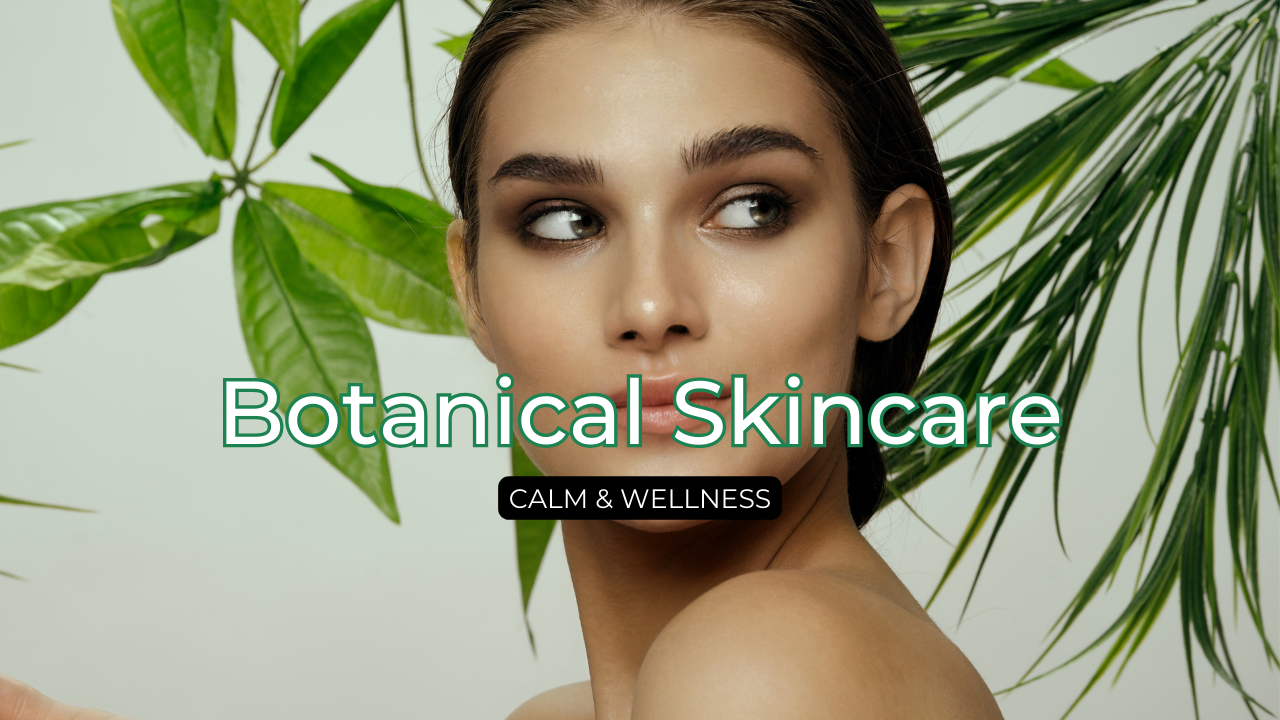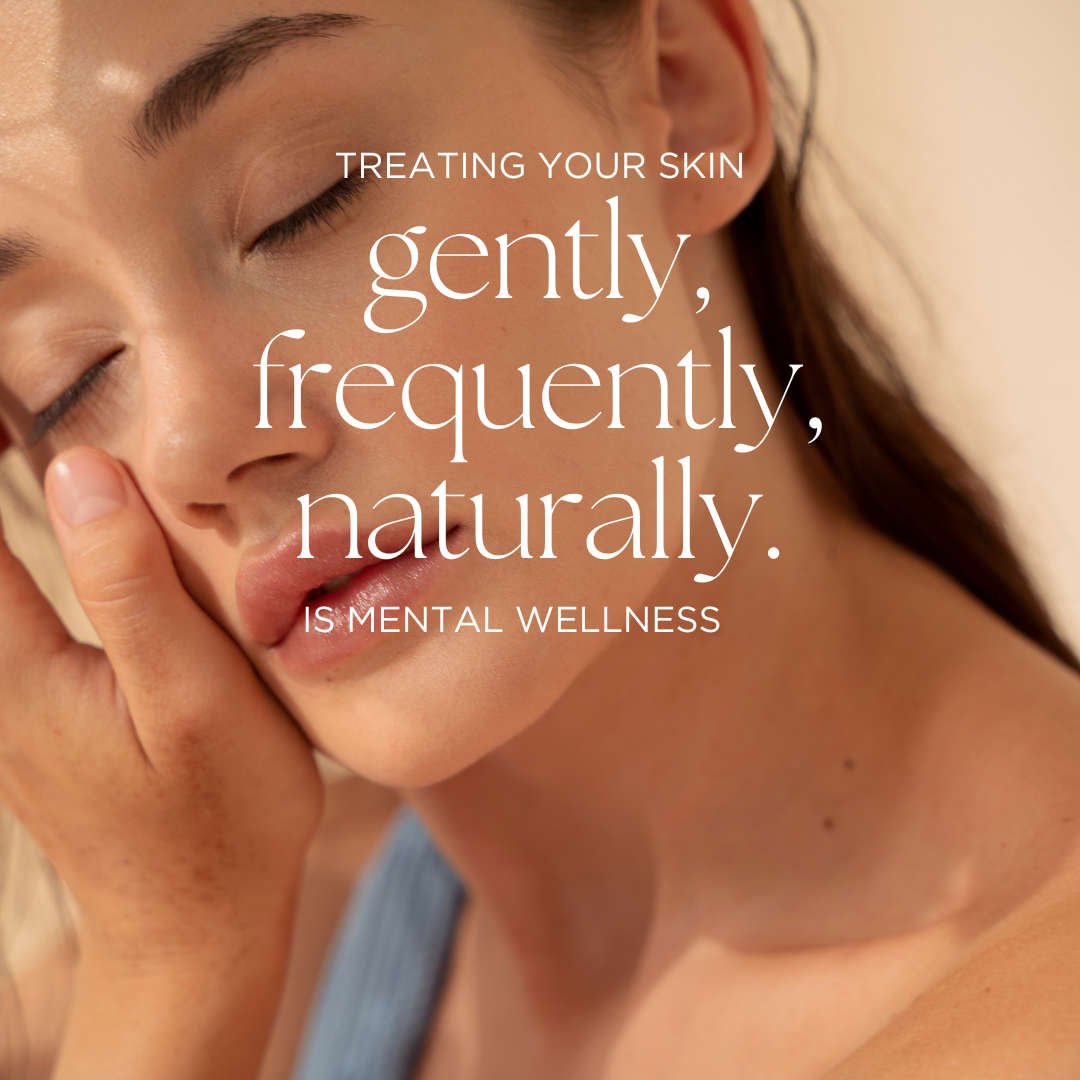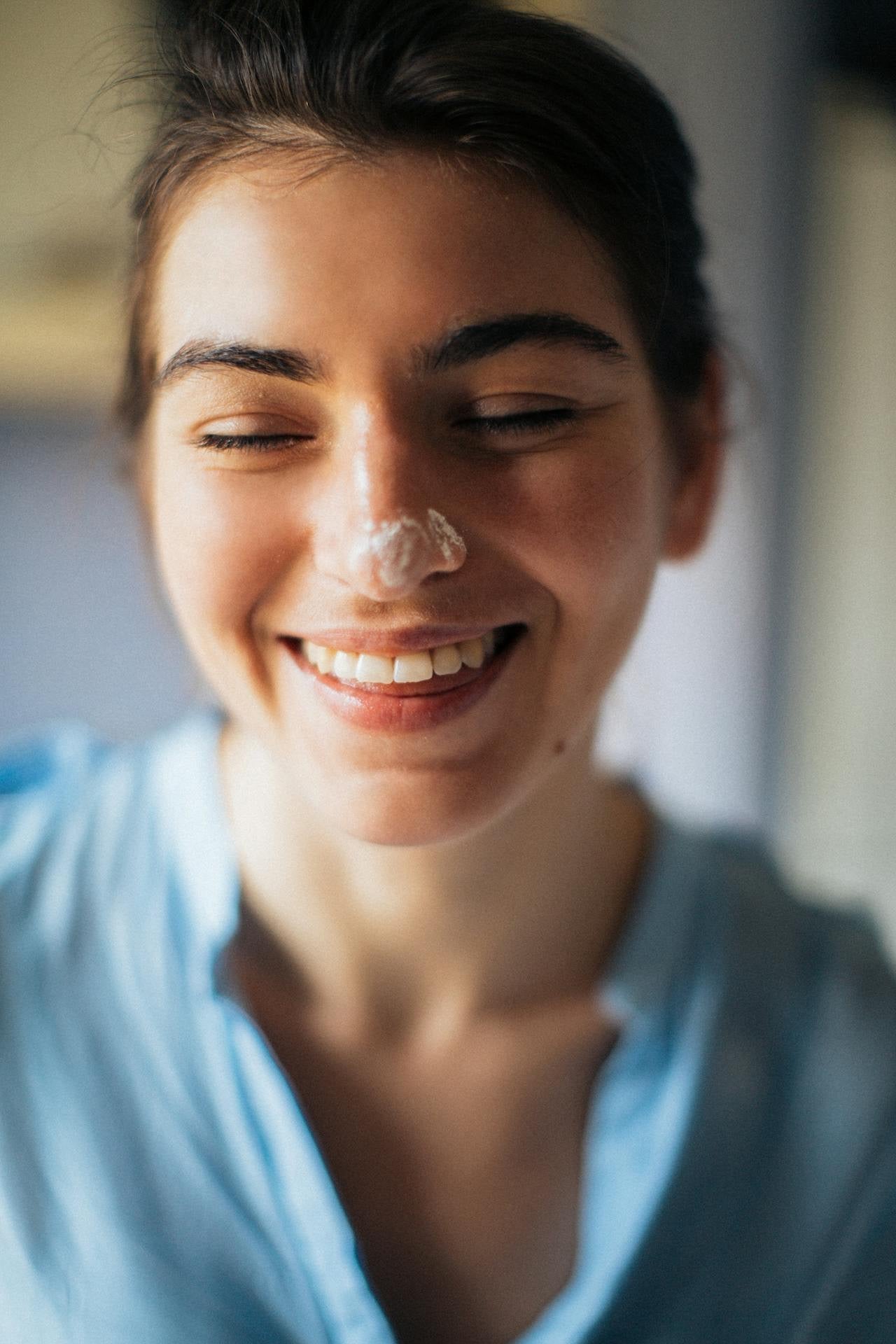An organism is said to behave altruistically when its behavior benefits other organisms at a cost to itself. In this case, the organism is beauty industry experts and consumers. The other organism is planet earth. Therefore, we can show that we care about our planet through micro-sustainable practices.
Based on our human actions, we have subconsciously sought an end to the human race's future by polluting the environment and damaging our ecosystem. When I say we, I include myself. I, too, had to learn how to protect my planet, earth. Even if it's a small way through She Biology sustainability practices.
Here are the facts...
The $571.1 billion+ global cosmetics and beauty industry's environmental impact includes sourcing raw materials, production, distribution, and waste generated by end consumers. Cosmetics affect more than the local landfills left with mountains of single-use plastics—they also affect our oceans, air quality, and the ecosystems that have provided our habitat for thousands of years.
Our Cosmetic Industry has many environmental impacts, but I will touch on just a few.
Environmental Impacts:
Chemical: Chemicals in cosmetic products such as sunscreen contain nanoparticles that can disrupt coral reproduction and growth, ultimately bleaching coral and disrupting animal reproduction.
Animal Testing: A reported 80% of countries still allow cosmetics to be tested on animals. Subjecting more than 100 million animals annually to possible allergens that often kill them.
Irresponsible Sourcing: Palm oil is used in many cosmetic products. The growing demand for palm oil drove suppliers to clear 500 square miles of rainforest in Southeast Asia alone between 2015 and 2018. Unfortunately, deforestation is already severely polluting because it's often conducted through fire methods, which release tons of carbon—more, even than the trees themselves sequester—into the environment.
Water Consumption: Water is in almost every beauty product on the market. The United Nations has predicted that 52% of the world's population will live in water-stressed regions by 2050. California's statewide emergency water regulations perfectly exemplify a water-stressed area.
Plastic Pollution: Manufacturers make most plastic packaging from petroleum, the polluting fossil fuel which the energy industry is working on getting rid of. Plastic packaging manufacturers need about 430,000 gallons of oil to make 100 million plastic bags. That may sound manageable until you realize the U.S. goes through 380 billion plastic bags a year2; in the U.S., plastic accounts for 65% of packaging. The plastic Industry is an s a $700 billion industry. In addition, a SPREP report shows that Up to 80% of ocean plastic pollution enters the ocean from land3. Pollution in the oceans affects at least 267 different species of marine life. The result? Marine wildlife is being poisoned, punctured, entangled, choked, and in many other horrible ways, affected by the ocean's plastics.
Transportation: The U.S. is one of the largest importers and exporters of cosmetics and beauty products. Trade maps show that imports into the states travel, on average, 4,757 miles. This creates a large carbon footprint, causing air pollution from transportation emissions.
She Biology Sustainable Solution
A sustainable beauty product has been consciously created with the well-being of animals, people, and the planet in mind. But, of course, providing a perfect solution for the entire life cycle of creating, selling, distributing, and ridding of a skincare product is impossible. Still, we can implement micro solutions that can impact change.
The End Of Worlds, Movie 2008
"It's only on the brink that people find the will to change. Only at the precipice do we evolve," said Professor Barnhardt. We are on the brink of an environmental failure that cannot be reverted unless we change our actions in our businesses and personal lives.
Animal Cruelty Solution:
We are Leaping Bunny Certified. Our products are vegan and haven't been tested on animals. As an indie brand, the cost of certification was highly affordable.
Chemical Solution:
With the health of our planet (as well as workers and ourselves) in mind, our products avoid toxic ingredients. We believe in using organic ingredients that are biodegradable formulations. Most cosmetic topicals end up in the ocean by our sink drain. They are then ingested by marine life and later re-enter our human bodies. We avoid this by using ingredients that can be a breakdown in seawater or our waste management system.
Irresponsible Sourcing Solution:
"Sustainability depends entirely on how an ingredient is grown, harvested, sourced, processed, synthesized, shipped, and used in manufacturing," - Lorraine Dallmeier, a biologist, Chartered Environmentalist, and the CEO of Formula Botanica. Our hero ingredient CBD is entirely sustainable. It is grown outdoors, hand-harvested, and hand processed at a local farm within the Carolinas. My staff and I transport the hemp material for our products. As She Biology scales, we will continue to use locally grown organic CBD.
Plastic Pollution Solution:
Our packing utilizes 98% recyclable materials. It's contained in sustainable product packaging so that our beauty routines aren't associated with single-use plastic waste that disproportionately harms developing countries. For example, our Rich Skin Face serum bottle and the dropper are made with recyclable glass. In addition, our subscriber boxes and cosmetic product boxes are made with brown cardboard, which is easily recyclable. The Rich Skin Face serum is a multi-usage hydrating, repairing, and protecting product. This helps decrease the production volume of multiple skincare products in one's routine. As the CEO of She Biology, my future goal will be to implement refillable packaging.
Transportation Solution:
We work with local farmers and business owners to create She Biology skincare products. Utilizing close resources decreases our need to import resources, which leads to a lower carbon footprint.
Because we love our planet, we must be part of the solution to saving and healing our world. We limit our wants and comforts to sustainably protect our environment for generations. We can heal and save our planet through our love for the earth and the human race.
The evolutionary basis of altruism outcome is sustainable beauty.





